-

Due to new methods and pandemic disruption, the 2020 American Community Survey shows some decrease in accuracy for equity-related measures. Read more
-
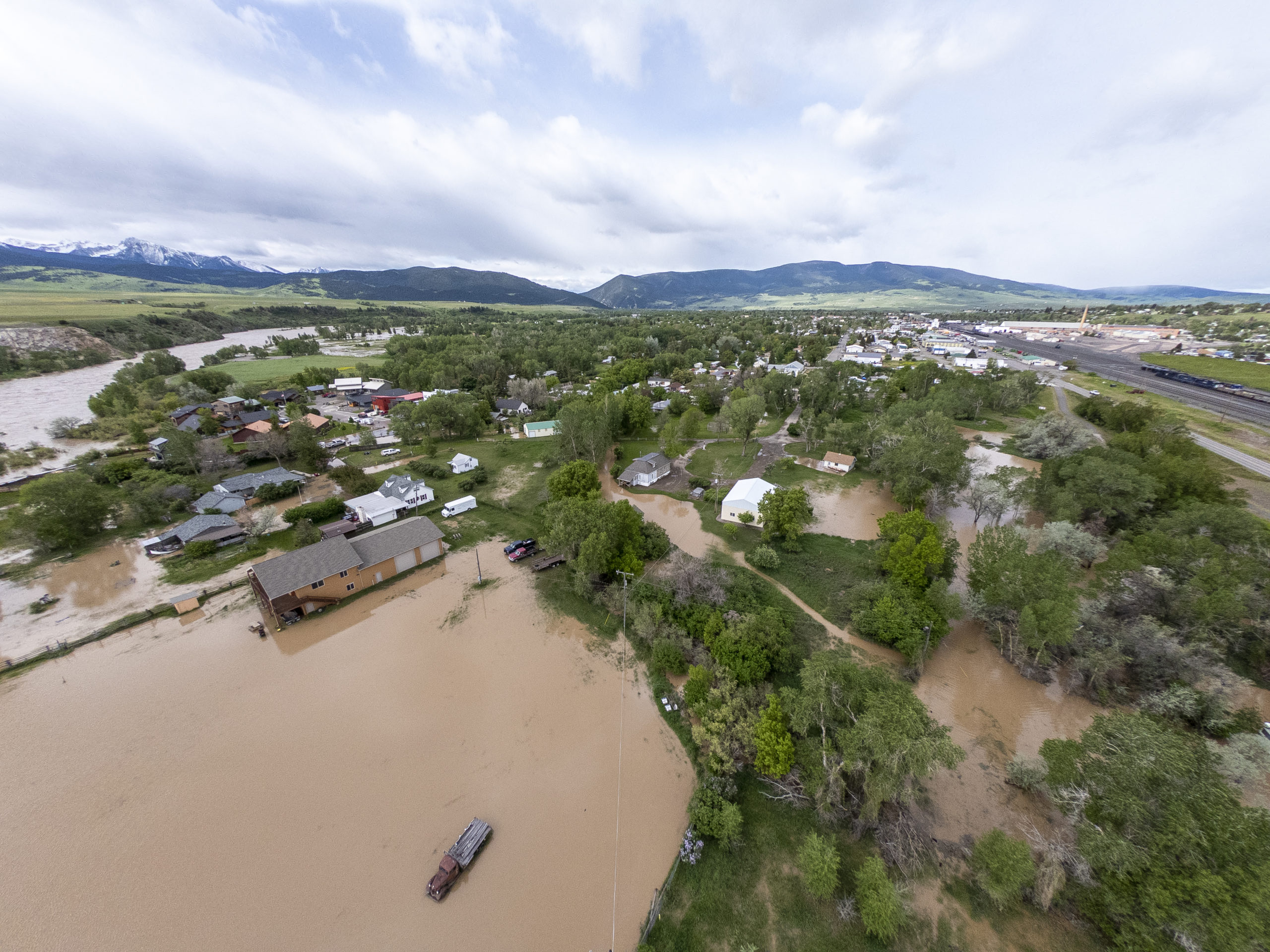
Montana’s mobile home residents face disproportionate flood risk and traditional solutions leave them behind. Read more
-
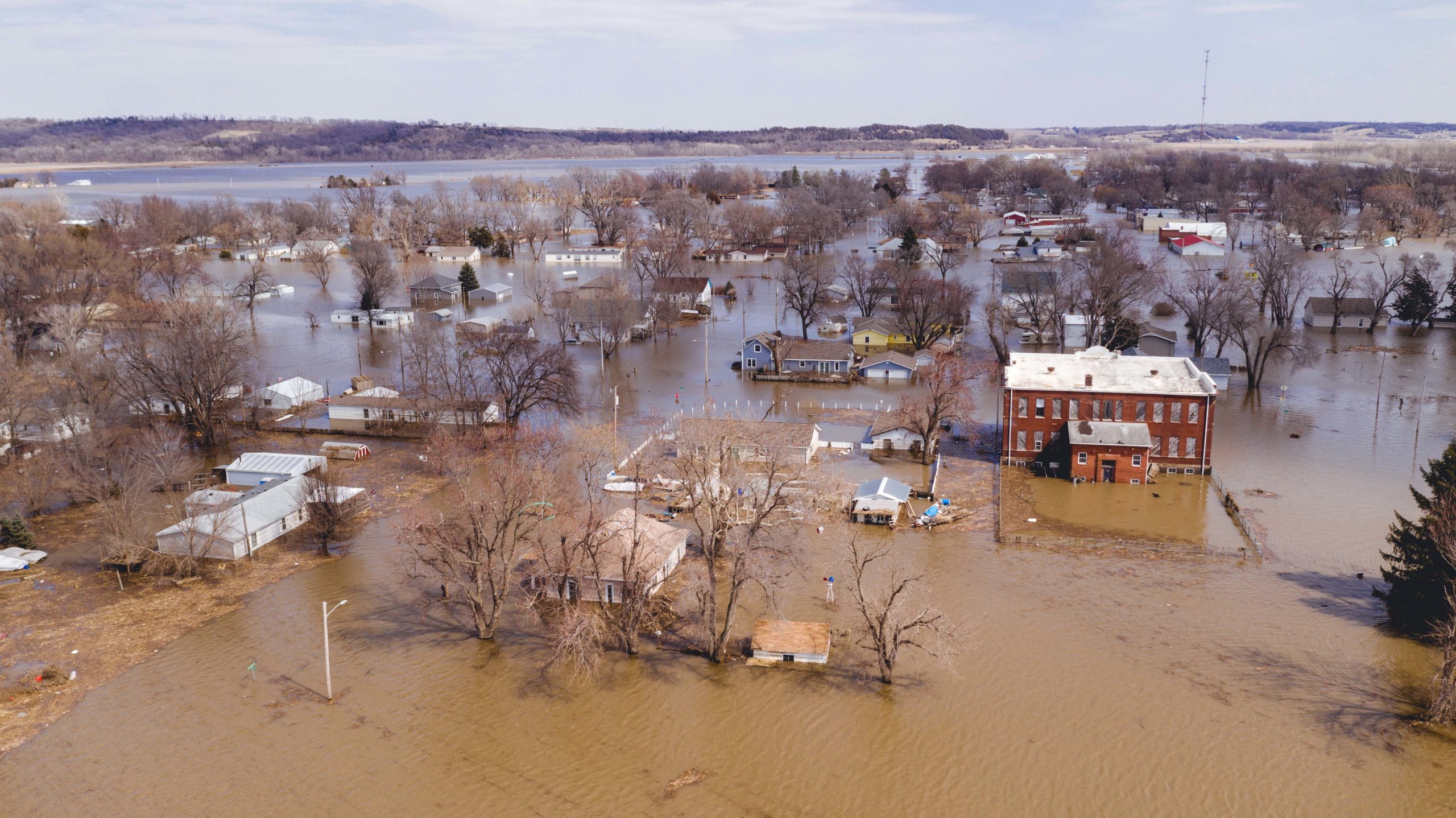
Places with lower capacity are failing to get funding through FEMA’s flagship grant program, Building Resilient Infrastructure and Communities (BRIC). Read more
-
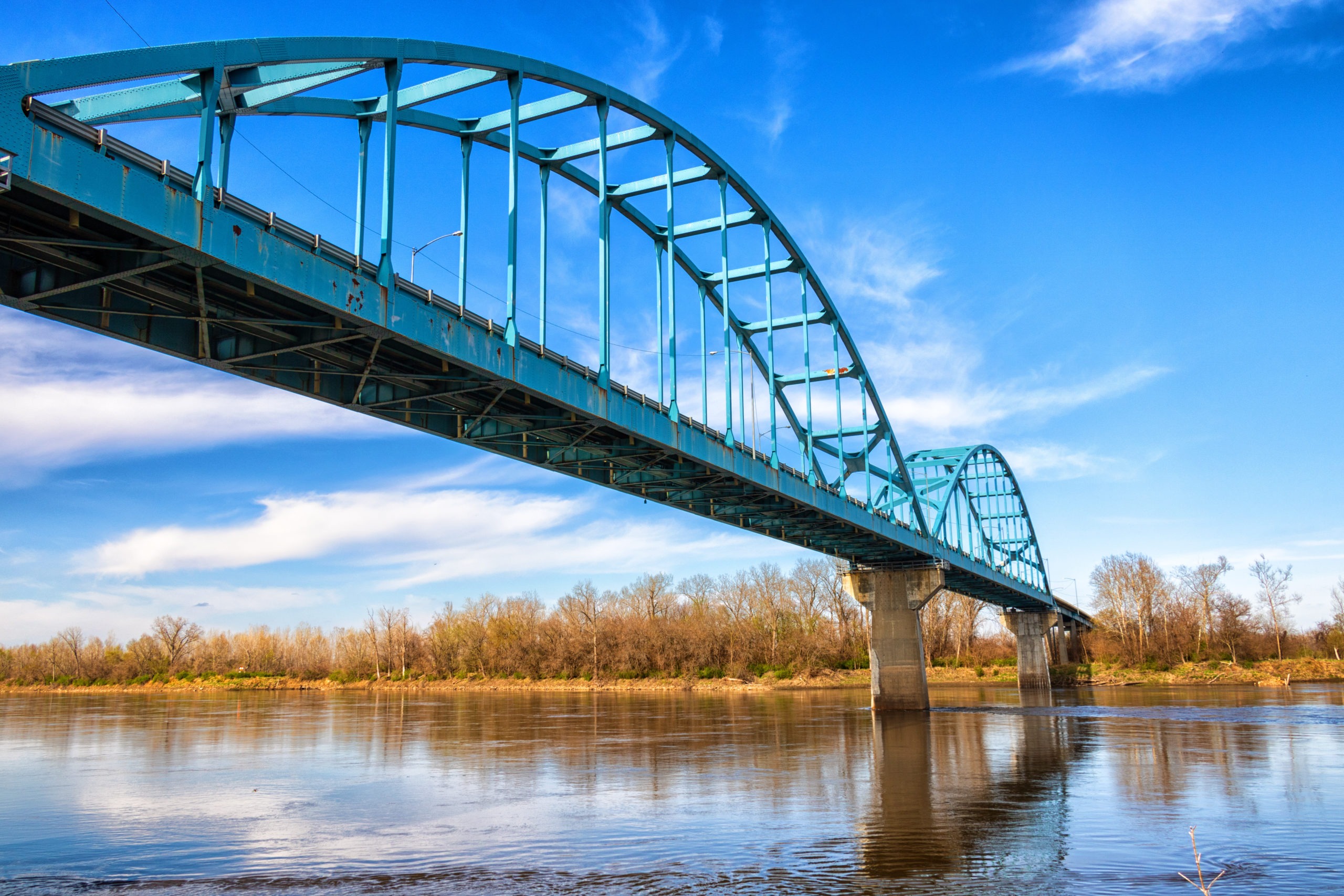
Communities need resilient revenue strategies to fund the long-term costs of capital improvements and infrastructure. Read more
-
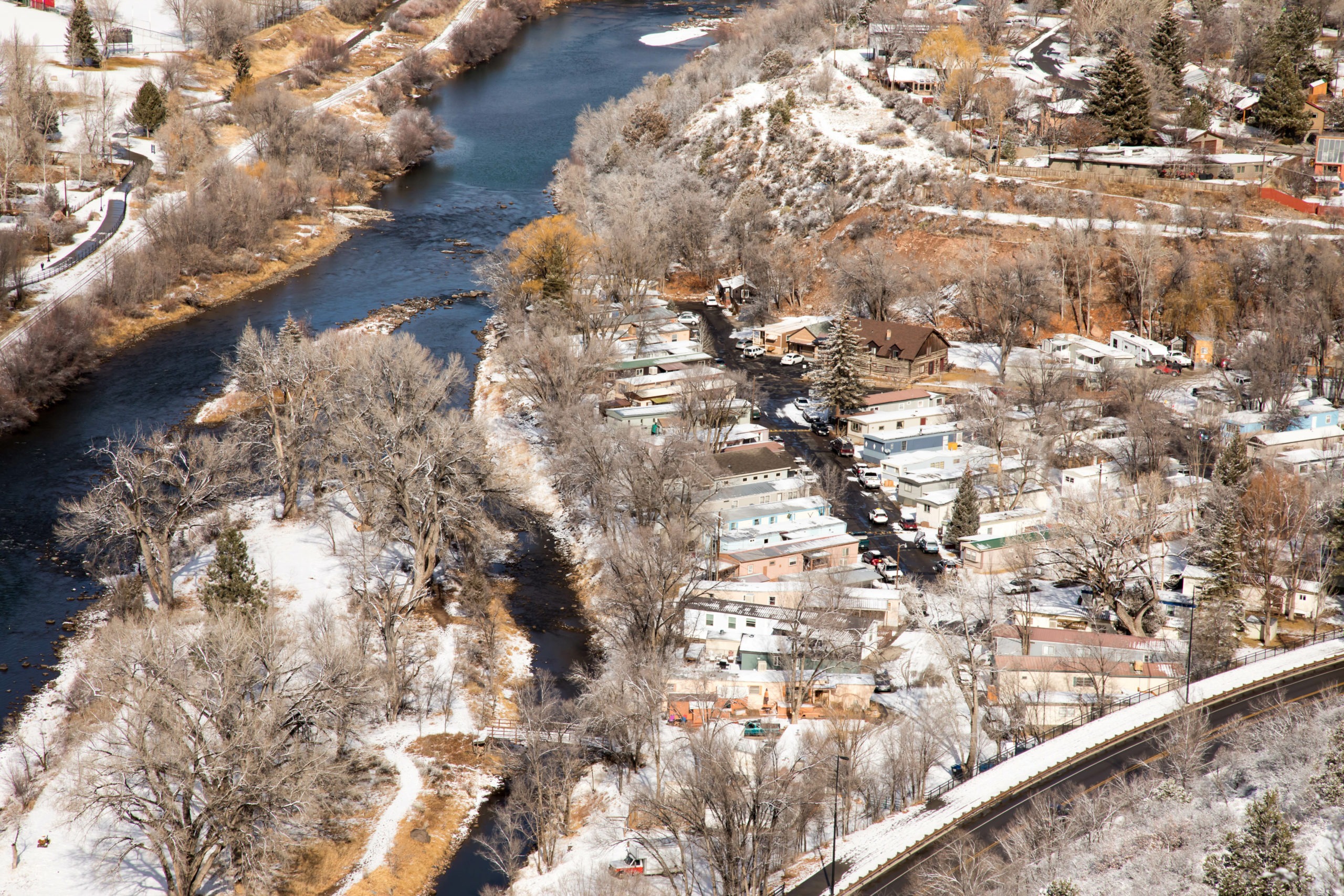
Mobile homes are the most common unsubsidized, affordable housing in the United States but have disproportionately higher flood risk than other housing types. Read more
-
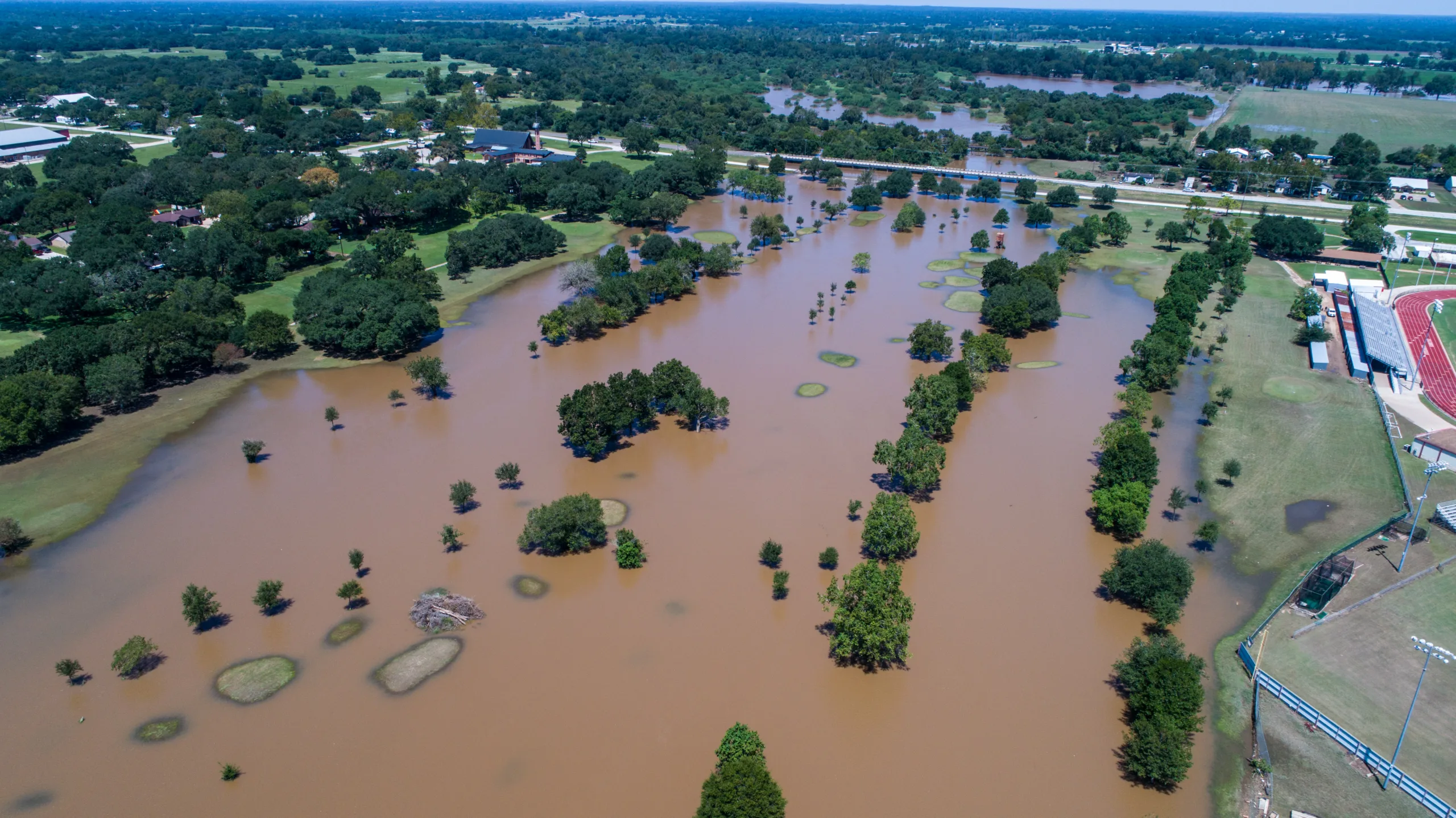
Benefit-cost analysis, required for many federal funding sources, puts smaller, rural, and low-income communities at a disadvantage. Read more
-
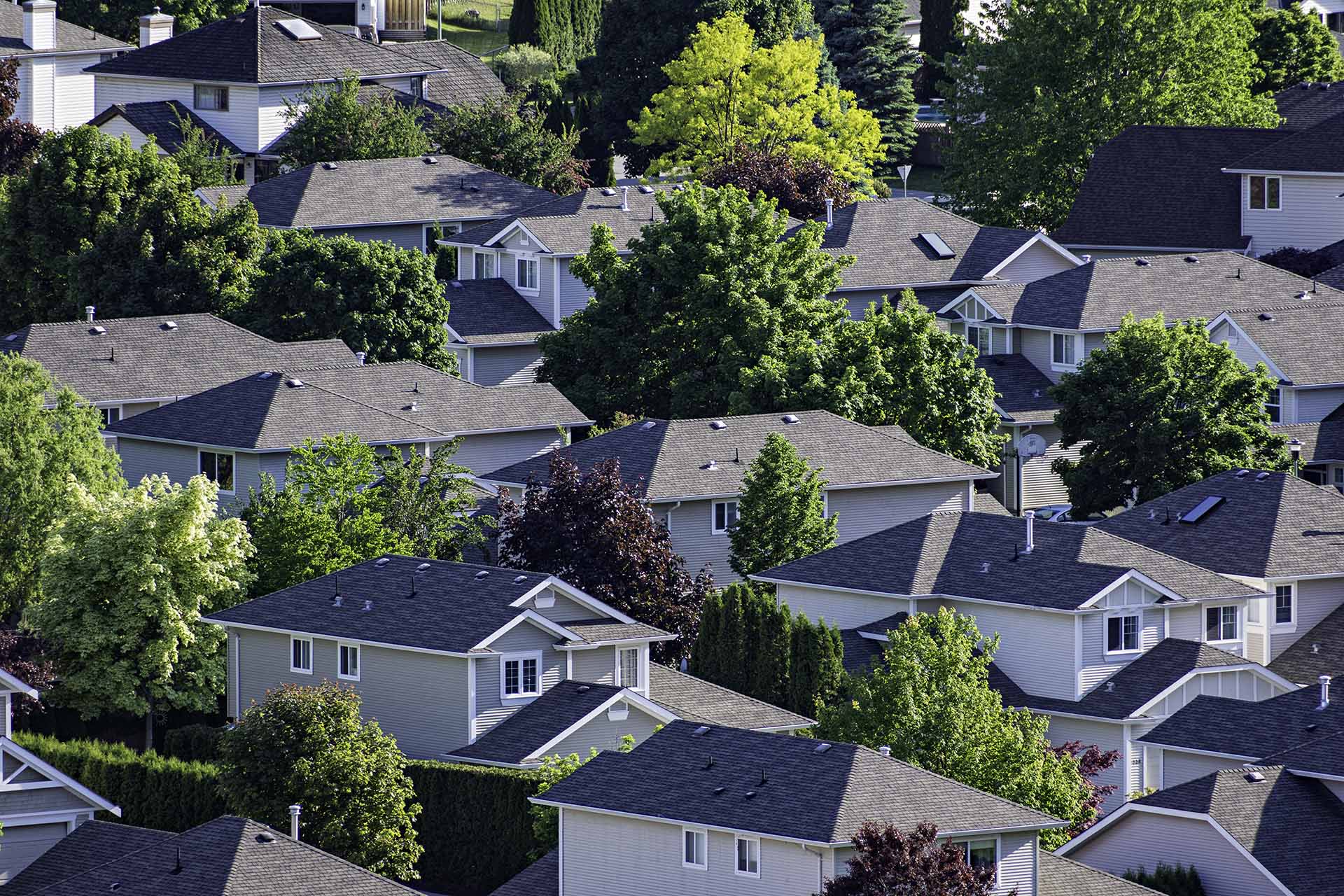
Unaffordable housing came to a head during the pandemic as communities across the country saw unprecedented rises in housing costs. Read more
-

The unprecedented rise in housing prices since 2020 has affected renters more than homeowners—especially in places that were already unaffordable. Read more
-
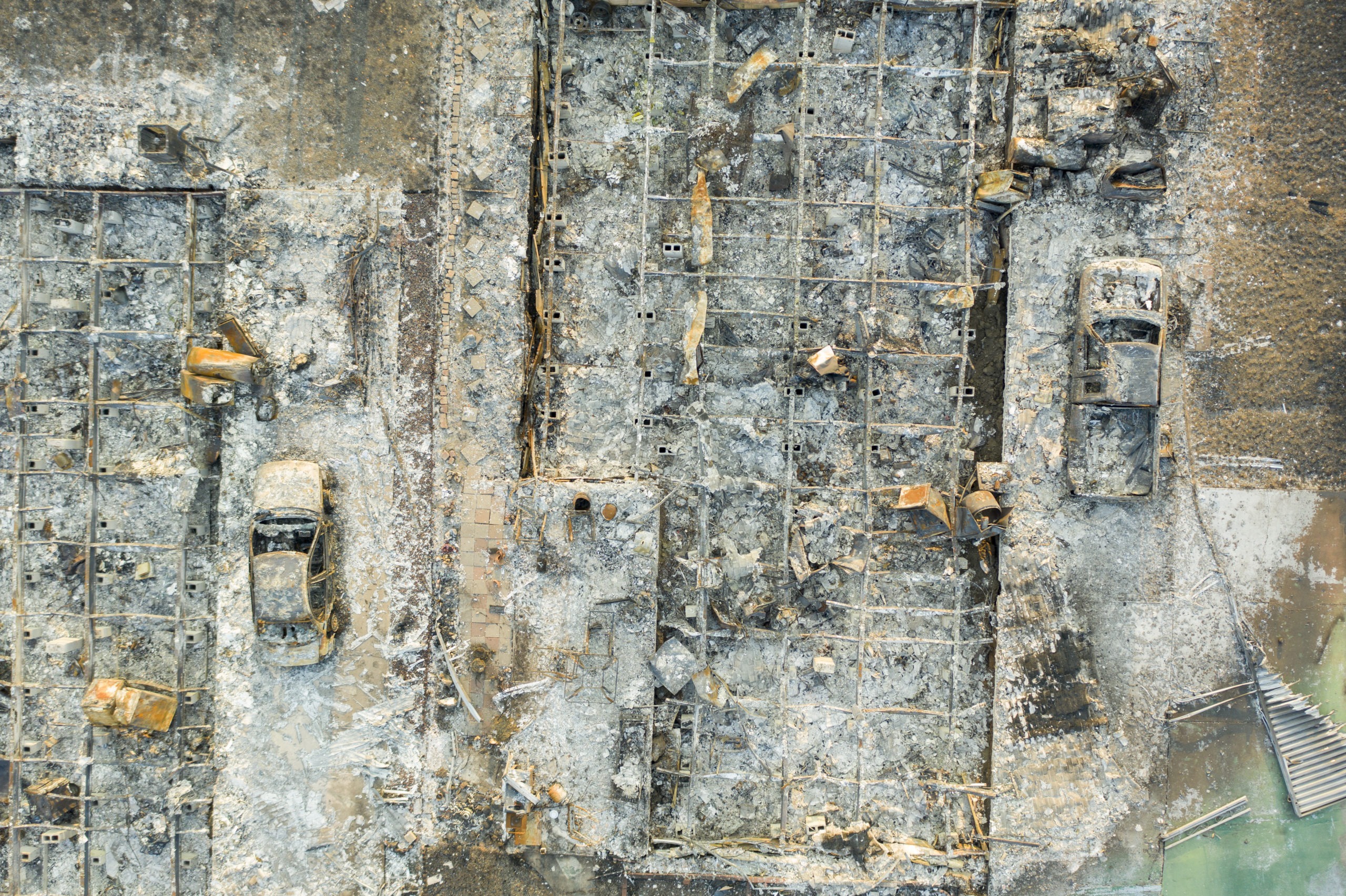
See where wildfire risk intersects social and economic factors that can make it difficult for people to prepare for, respond to, and recover from wildfire. Read more
-
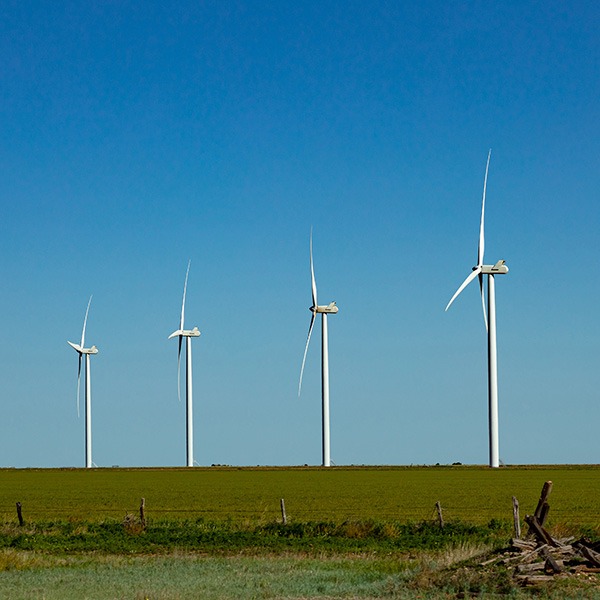
New activities can help guarantee and diversify future revenue from New Mexico state trust lands, complementing the successful Land Grant Permanent Fund. Read more
-
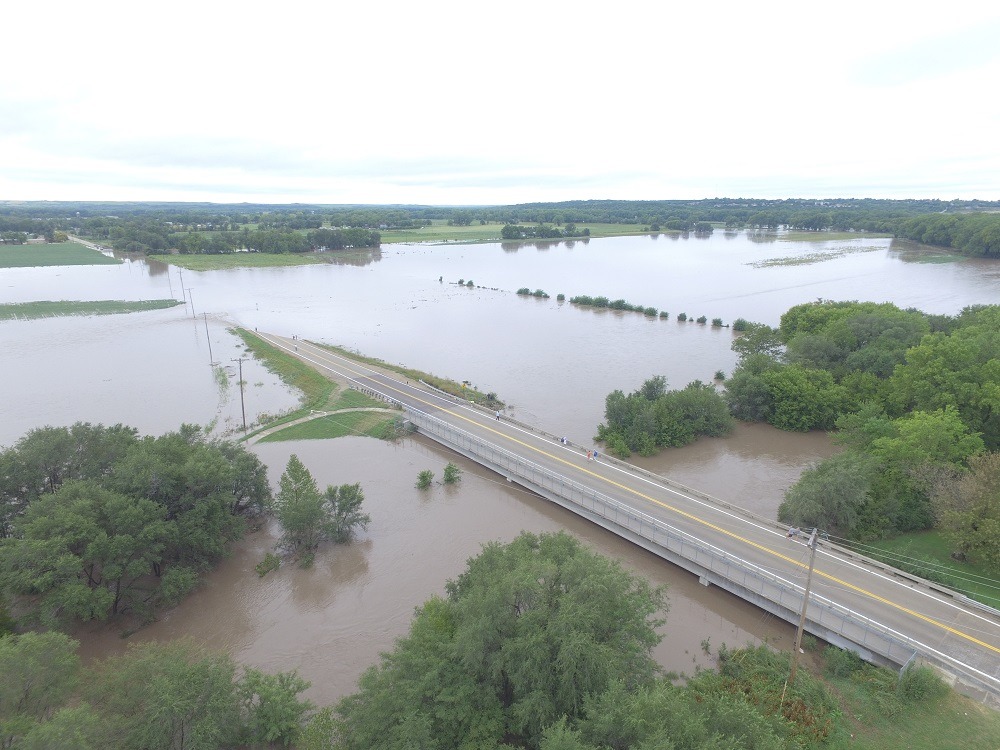
Rural and lower capacity communities failed to successfully compete for FEMA Building Resilient Infrastructure and Communities (BRIC) funding in FY 2020. Read more
-
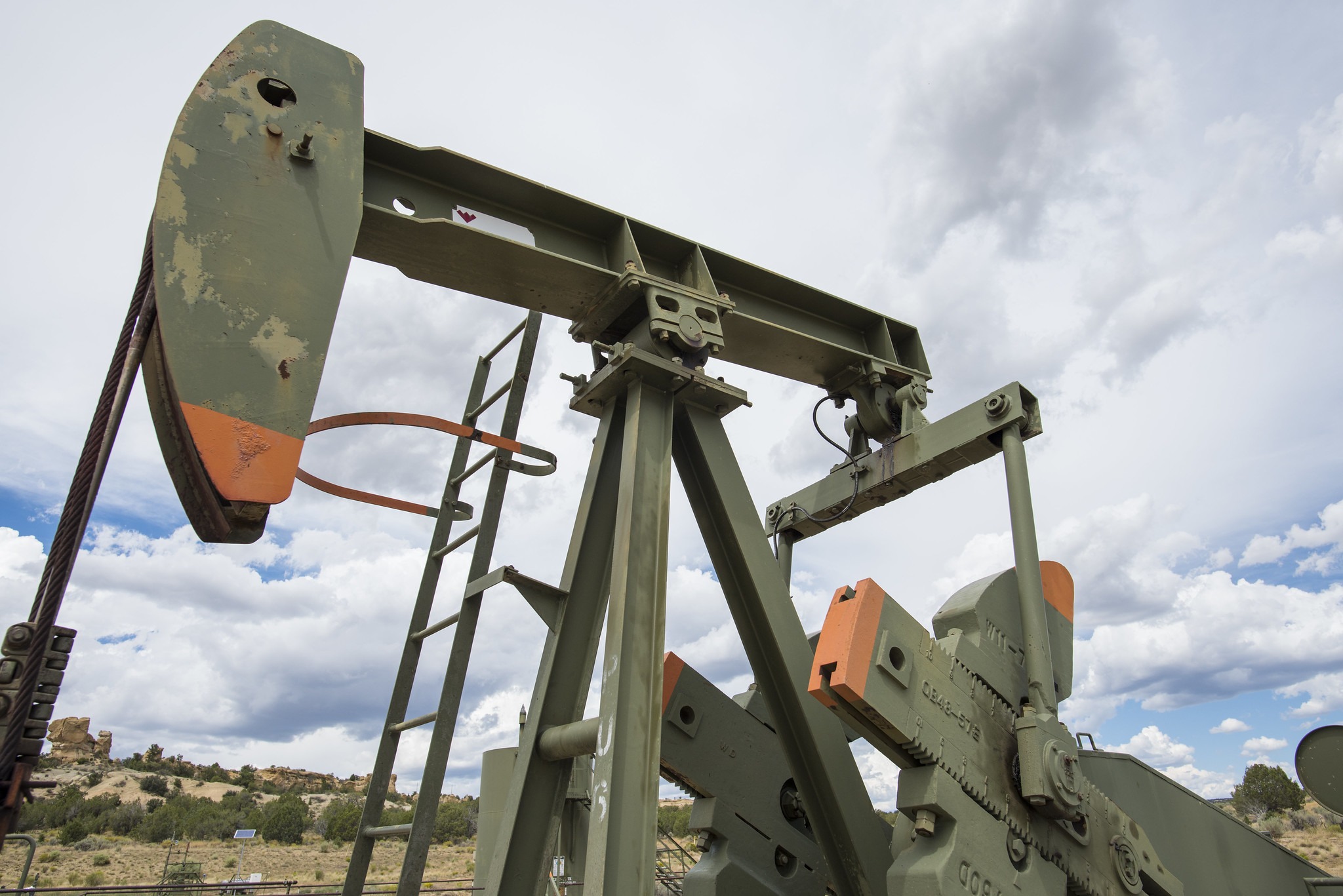
States tend to spend, rather than save, federal fossil fuel disbursements, potentially making them vulnerable to economic transitions. Read more
-
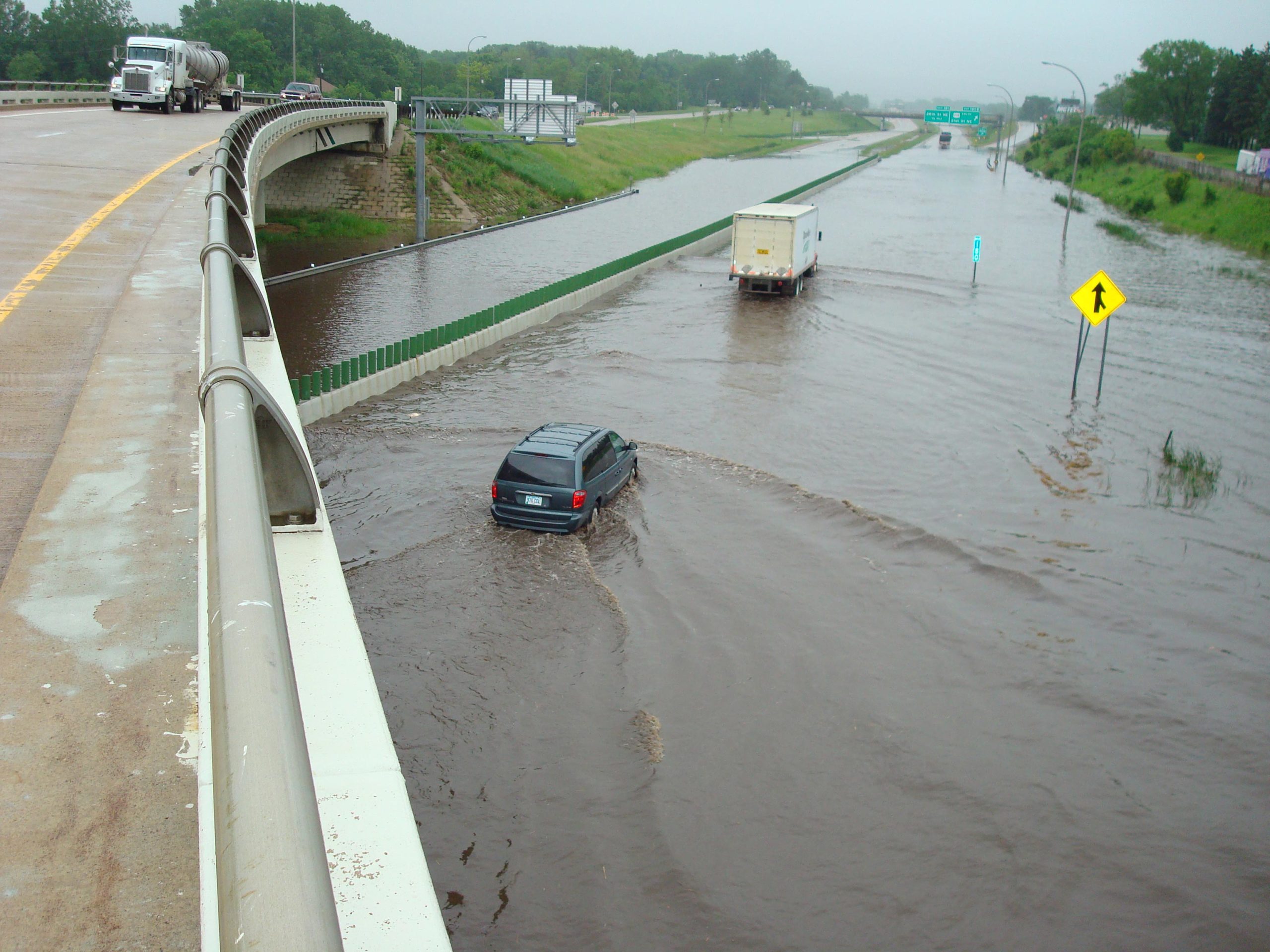
Climate change has the potential to destabilize general operating budgets and constrain access to lending markets. These presentations share promising solutions for “climate-proofing” budgets. Read more
-
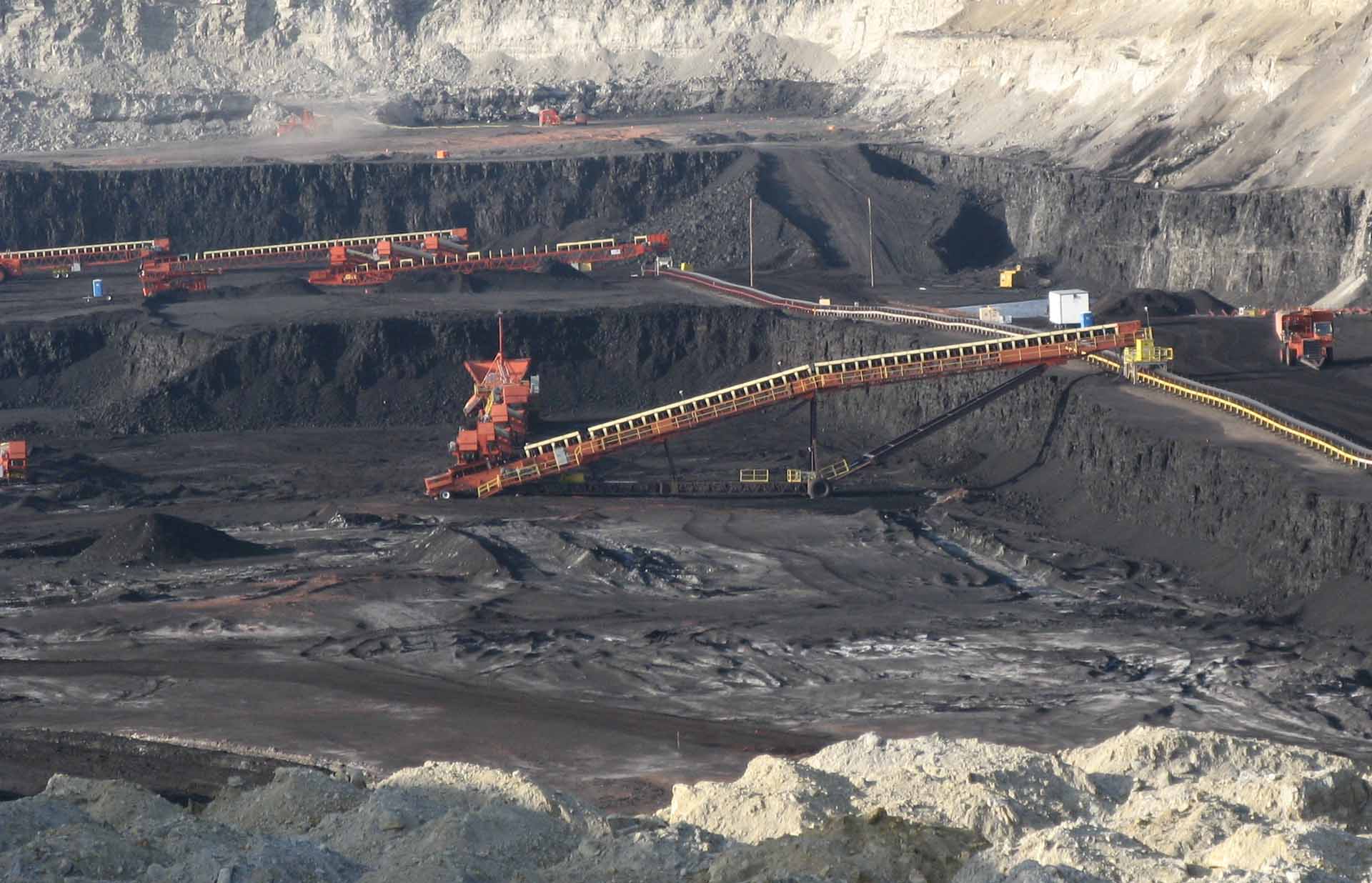
This panel discussion, with examples from Montana and New Mexico, examines how fiscal policies have failed rural communities. Read more
-
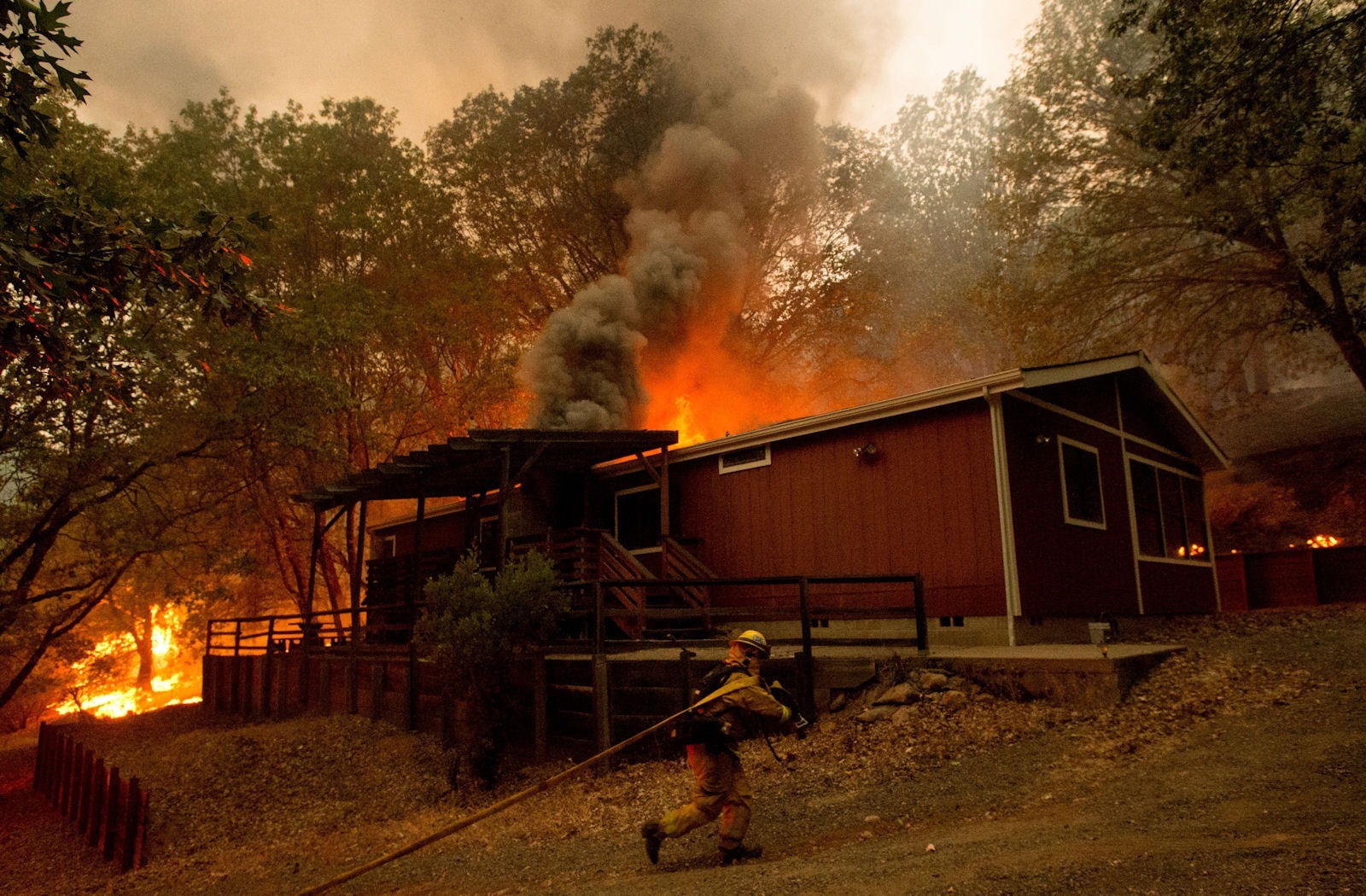
A new report in our Economic Profile System provides community-level data about wildfire hazard and potentially vulnerable populations. Read more
-

Nearly half of rural communities have grown so much since the 1970s they are now classified as “urban.” Those that remain are diverse, but often have more specialized economies. Read more
-
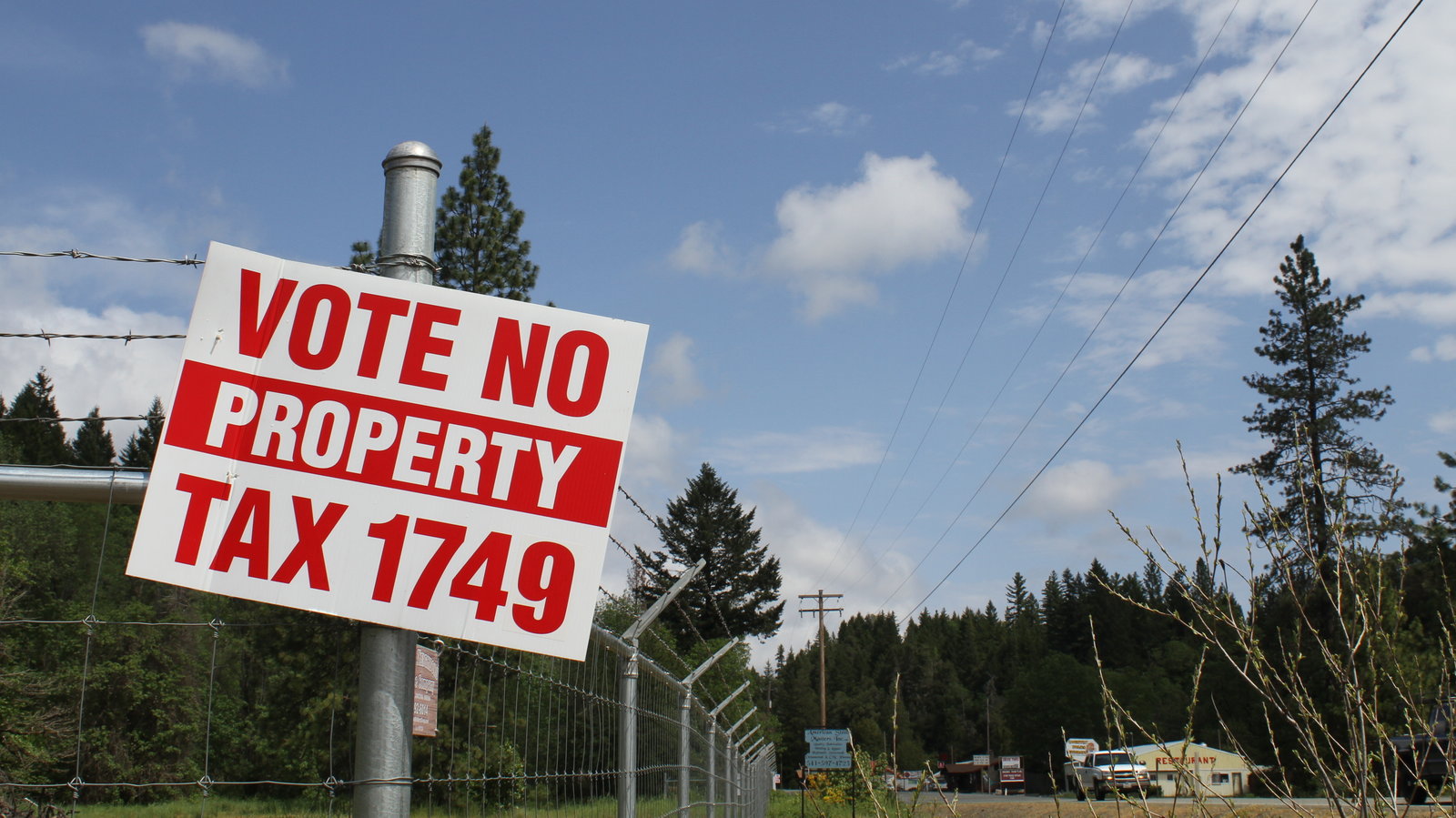
State and federal fiscal policies hurt rural communities by limiting how local governments can grow, diversify, and invest revenue. Read more
-
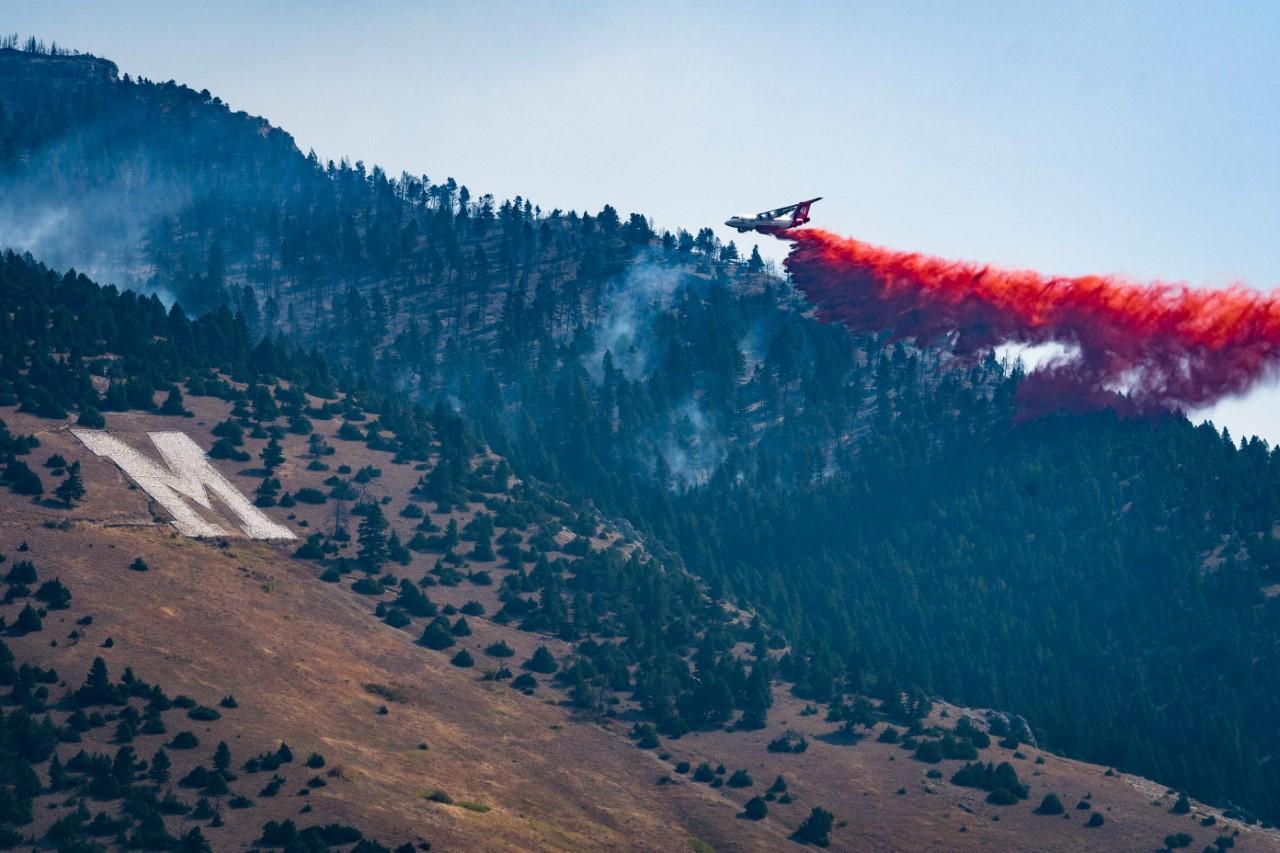
The number of western Montana homes in areas with high wildfire hazard has doubled, outpacing development rates in areas with low wildfire hazard. Read more
-

People of color are at a high risk of being undercounted in the 2020 Census, jeopardizing federal funding, social services, and government representation. Read more
-
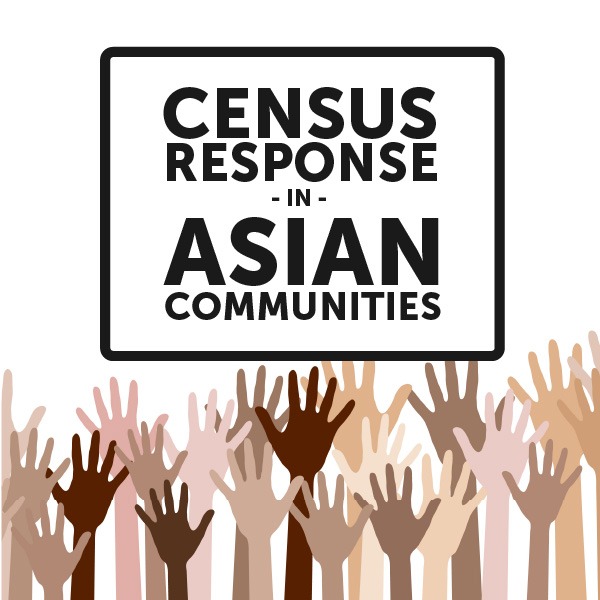
Asian communities are at a high risk of being undercounted in the 2020 Census, jeopardizing federal funding, social services, and government representation. Read more